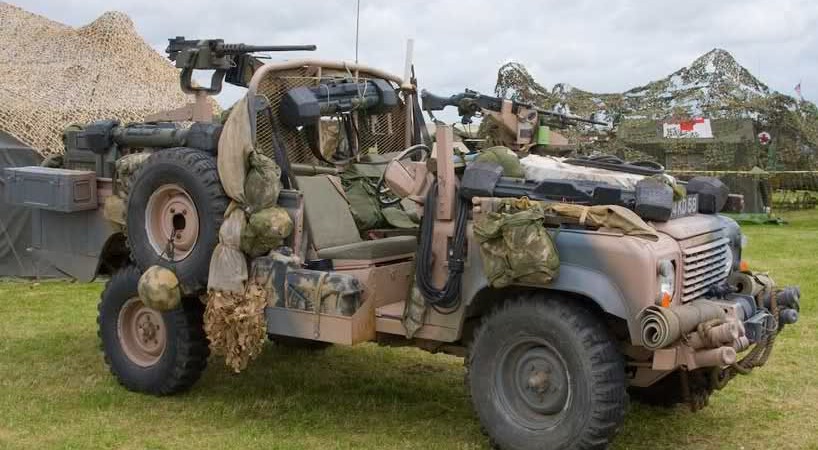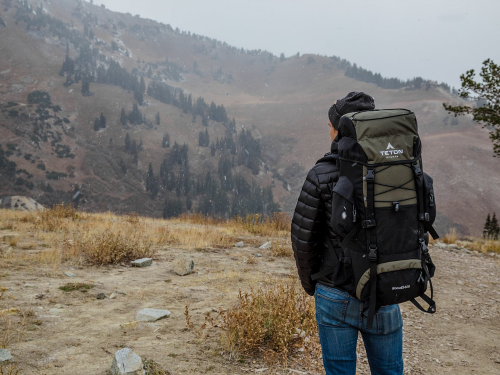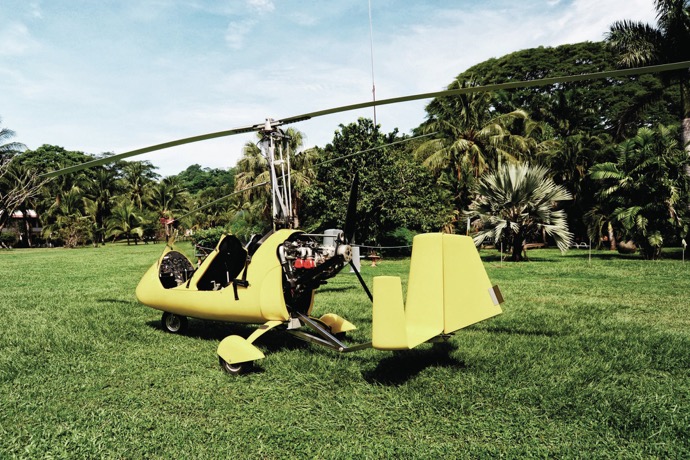Bug Out Basics: Thinking Strategically or Tactically?

One of the biggest weaknesses that preppers have relates to poor planning for bugging out. We may have the best gear, a sturdy vehicle, a shelter far from urban areas and a general plan. However, we often overlook the details that are essential to success. This focus on strategic thinking inhibits us from thinking tactically, paying attention to details and coming up with alternatives if our best-laid plans go awry.
Tactical thinking involves breaking down the road to the goal into small steps and considering what you will do when faced with obstacles and setbacks. For example, what will you do if your vehicle breaks down on a quiet back road as you are avoiding the chaos of any given metropolitan area during a SHTF scenario? What will you do with all of that gear in the trunk if you have to leave the vehicle behind? What will you do if you find yourself stuck in traffic along with tens of thousands of other people who are evacuating because you took too long to leave?
Pre-Position Supplies

One of the best things that you can do is to position stockpiles of supplies along the route that you are taking to your final destination. This can be a storage locker in a small town, the home of a friend or family member or some other safe place. Keep a backup supply of essential items so that you can retrieve them if you lose what you have when you initially set out.
Where is Everyone?

Sometimes we bug out solo or in groups. If you have a plan in place that involves specific people who have specific roles and resources, what will you do if they never show up? We don’t think about this too often, but there is a real possibility that people in our party will not be able to meet up and head out of town. You need to plan for this eventuality. Take time to consider what will happen if you bug out too late and can’t reach others as well. Have a good communication plan in place. Be specific with respect to establishing deadlines and alternatives if you don’t head out as a complete group.
Bug Out Vehicles

We often think of reinforced super-rugged bug out vehicles that can withstand anything that nature can throw at them. However, less is often better than more, especially during the uncertainty of a serious national emergency. Seriously consider having different vehicles stored in various places. These don’t have to be tricked-out disaster vehicles either. Anything with a good engine and four wheels will suffice in most cases. Consider investing in a good but cheap motorcycle or dirt bike. Think about how they can be used to zip through traffic jams, go off-road and bypass the hordes of masses who are stranded on roadways.
Think outside the box as well. Can you pilot a small plane or use a boat? You never know when going over water as opposed to overland may be a better option. Planes are ridiculously easy to commandeer, and they may be incredibly beneficial if you know how to fly them. While the FAA says that we need licenses to fly aircraft, chances are that you can get around the rules during a total SHTF situation if the government and society are collapsing. Spend some time learning basic piloting skills and see how this may turn out to be an ace in the hole when least expected.
Back up Destinations

You not only need to think specifically about how to get to your safe location, but you should also consider what to do if that destination is no longer an option. Have different locations in mind along with detailed plans with respect to how to get there. Keep in mind that you don’t need land or a cabin somewhere. The home of a friend or family member along the way may be just what you need. Knowing about suitable wilderness areas within your evacuation zone will also come in handy if you need to set up camp and lay low for a while. The possibilities are endless, but it’s important to seriously consider all options long before you decide to flee.
Timing

Aside from these examples, one of the most important tactical things to consider is when to leave. This is hard to plan, and you will need to have a good read on the situation before making the decision to cut and run. Wait too long and you can be faced with a myriad of problems as the public at large may have the same idea. Leave too soon, and you may be inviting all kinds of unnecessary inconvenience and trouble. Learn how to read the signs of the times, trust your instincts and don’t be influenced by the opinions or complaints of others.
While it is important to have a big picture plan in place, it is very easy to overlook the details. The more specific you can be now will help you to make the right choices later. Once you have established the general framework of your overall survival plan, start thinking tactically and asking a lot of “what if” questions. This is the time to be creative and think outside of the box. Remember that everything is fair game during a SHTF situation. The more details you can consider now will go a long way to help you to overcome obstacles, achieve your objectives and come out the other side alive and well.














